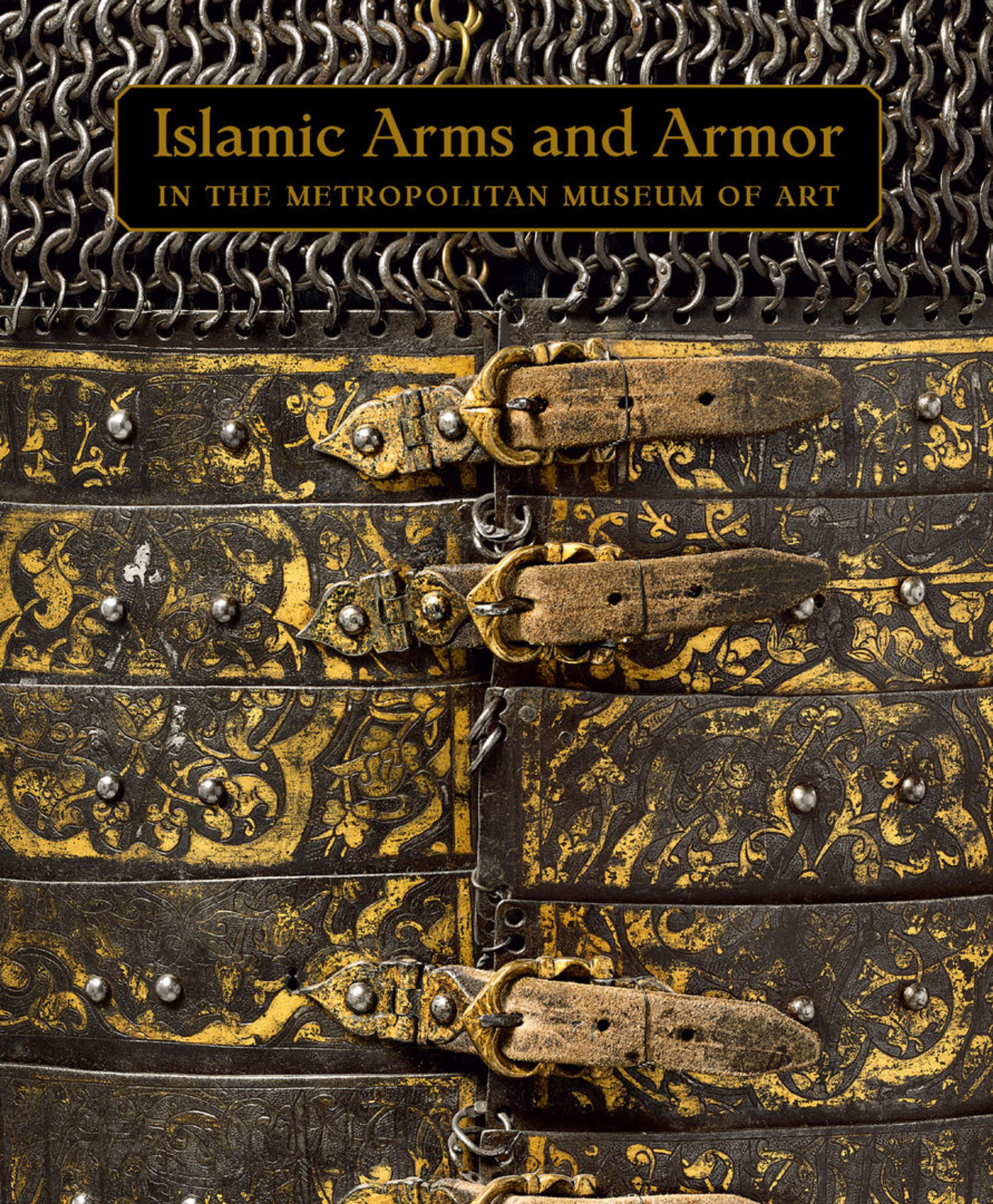Turban Helmet
This turban helmet is inscribed with the name of the sultan Ya'qub of the Aq Quyunlu (White Sheep Turkoman), who ruled from 1478 to 1490.
Artwork Details
- Title: Turban Helmet
- Date: 1478–ca. 1490
- Culture: Turkish or Iranian
- Medium: Steel, iron, silver
- Dimensions: H. 11 1/8 in. (28.3 cm); W. 9 in. (22.9 cm); D. 8 3/4 in. (22.2 cm); Wt. 3 lb. (1372 g)
- Classification: Helmets
- Credit Line: Rogers Fund, 1904
- Object Number: 04.3.211
- Curatorial Department: Arms and Armor
More Artwork
Research Resources
The Met provides unparalleled resources for research and welcomes an international community of students and scholars. The Met's Open Access API is where creators and researchers can connect to the The Met collection. Open Access data and public domain images are available for unrestricted commercial and noncommercial use without permission or fee.
To request images under copyright and other restrictions, please use this Image Request form.
Feedback
We continue to research and examine historical and cultural context for objects in The Met collection. If you have comments or questions about this object record, please complete and submit this form. The Museum looks forward to receiving your comments.
